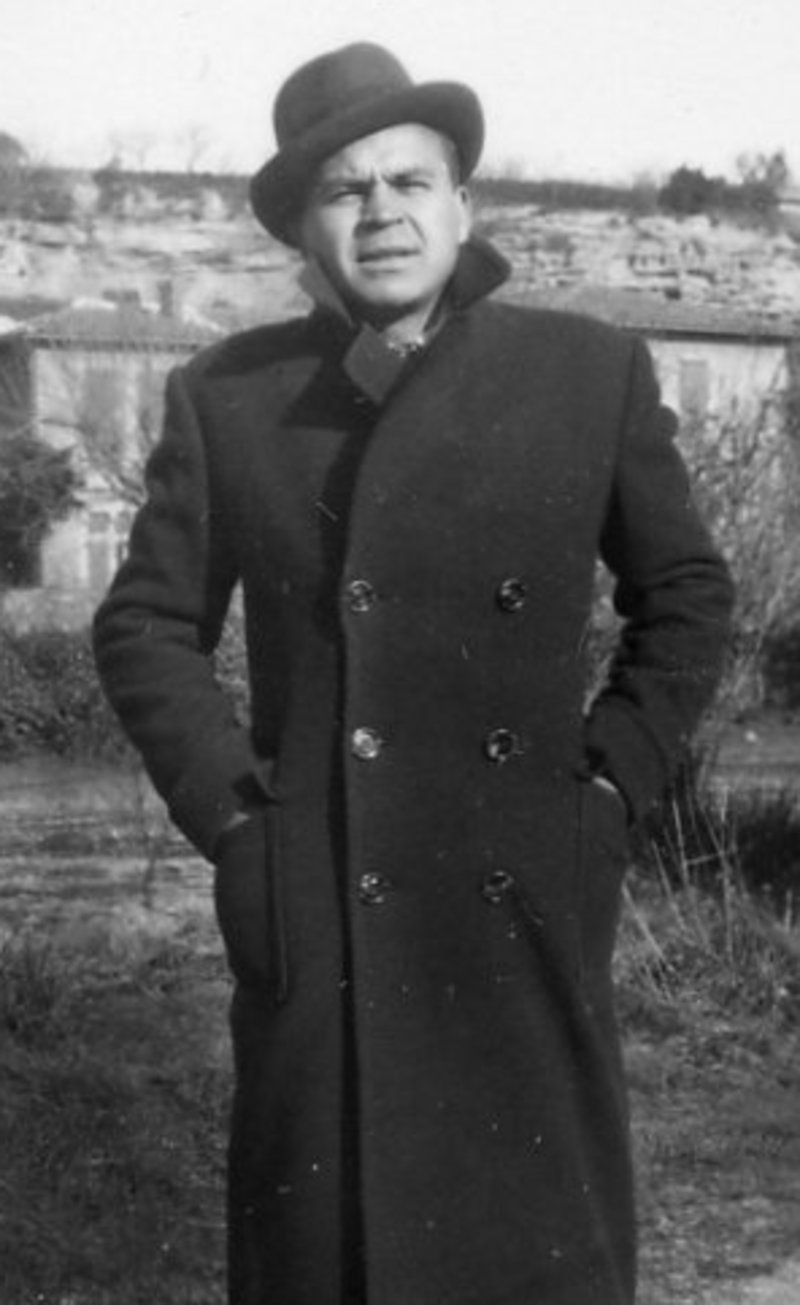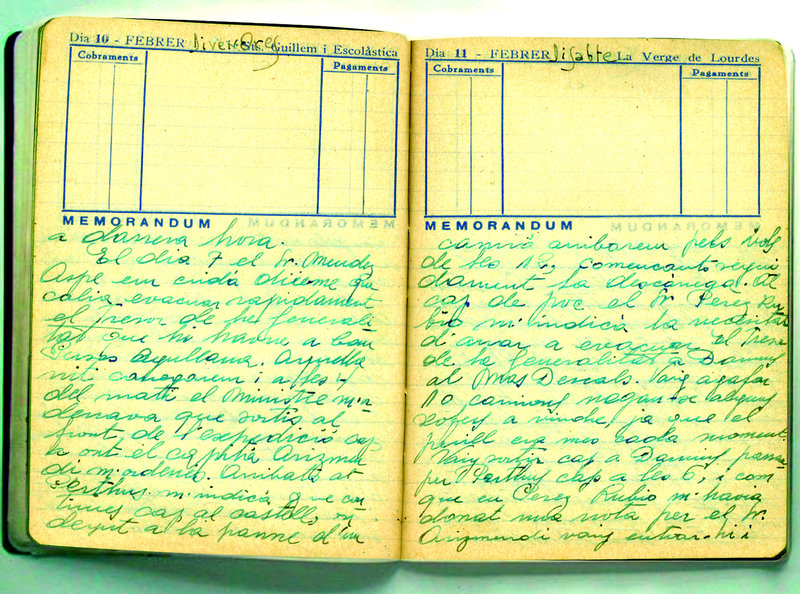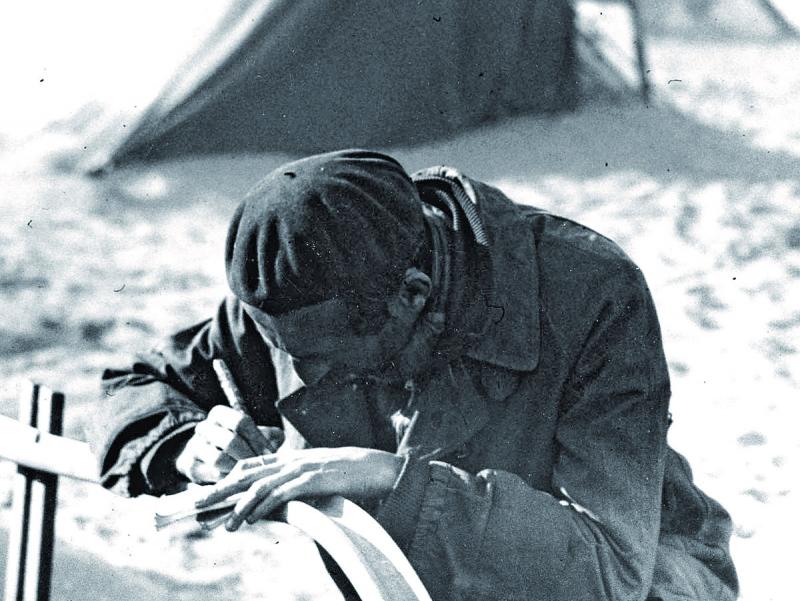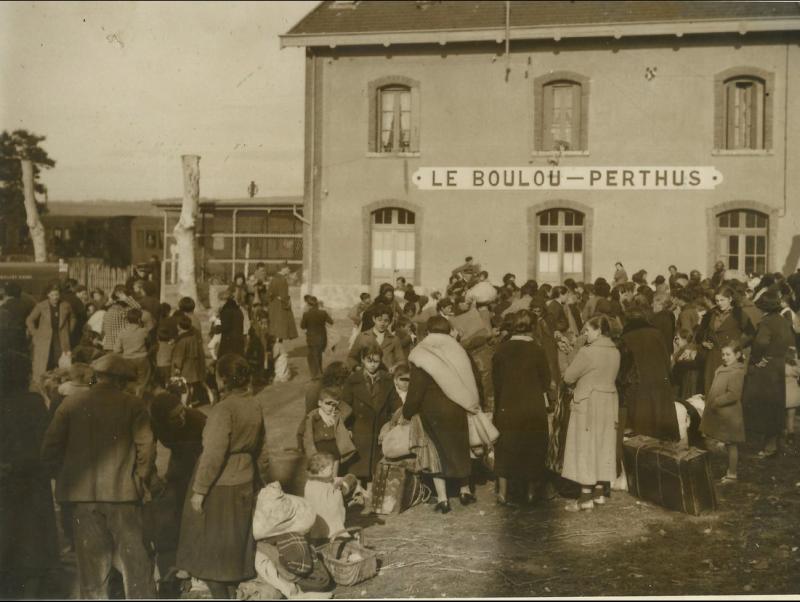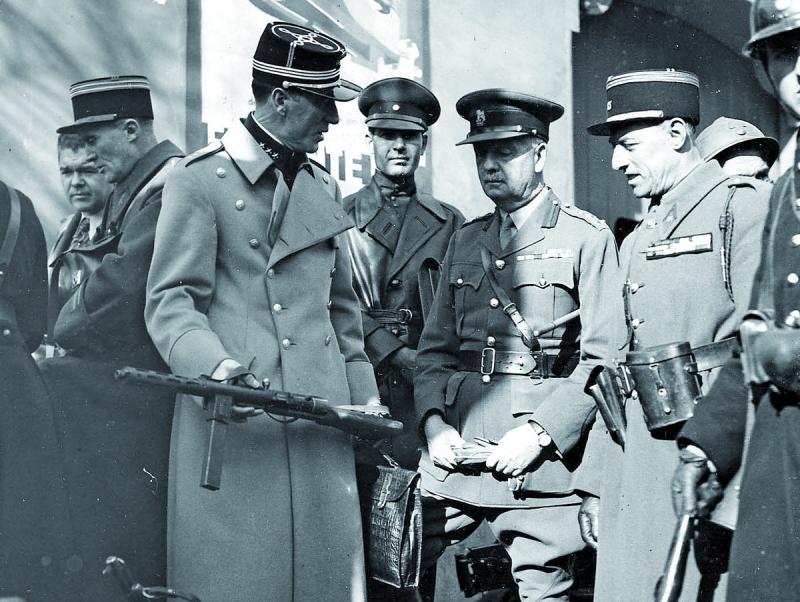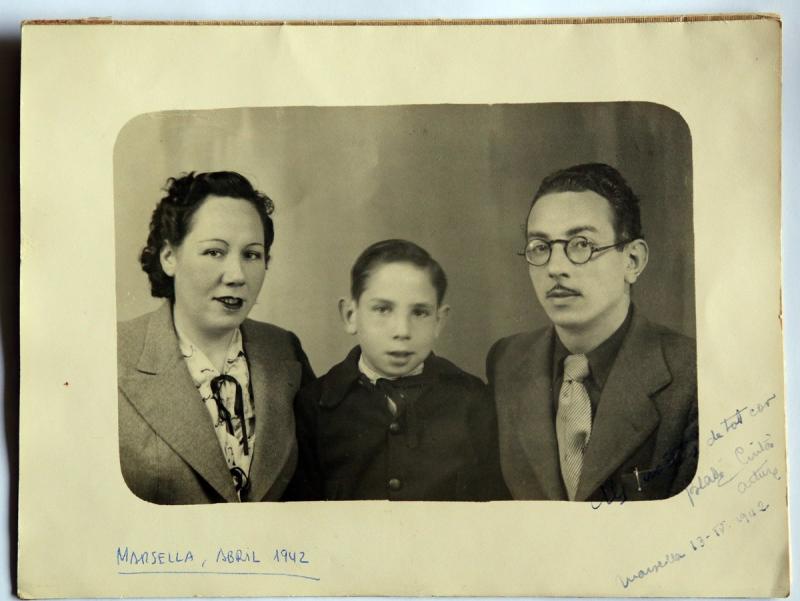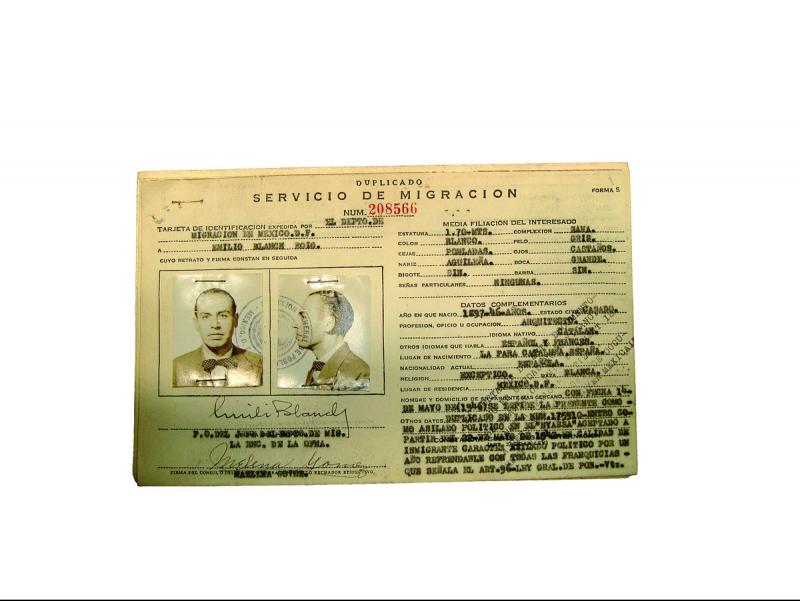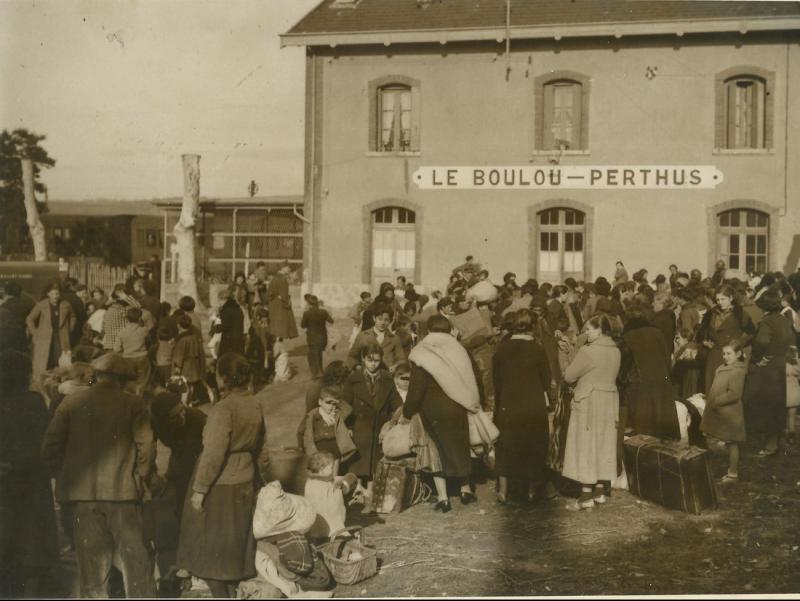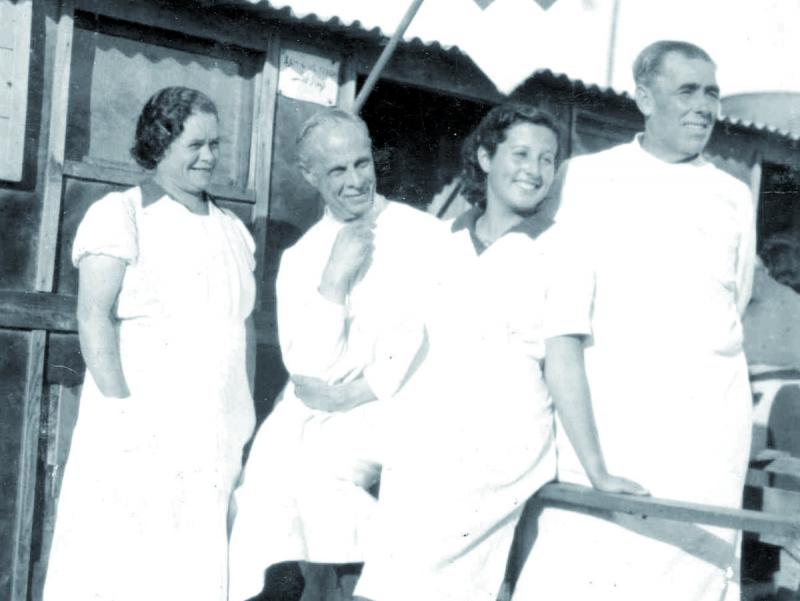Alexandre Blasi Boher
”The day after setting out [February 1, 1939] I couldn’t do much because Puig had left for France and not left me any supplies, and so I had to take charge. Garcia, who was in charge of the Mina and the right-hand man to the engineer, had also left. The staff began doing whatever they wanted, as no one was there to manage them. Soon after this, and approximately coinciding with the end of January, the evacuation of the treasures from the Mina began. If I remember correctly, it was the night of February 1, when the route through Jonquera had improved after the first crowds had passed through. In the following days, the artistic treasures were removed and taken to a castle between Voló and Ceret, before they were sent by train to Geneva a few days later.
I went in the first convoy with Mr Giner. Everything went well as far as Pertús. Some members of the International Commission were waiting for us there. Some customs officials boarded the lorries and went with us to the castle. In the early hours, we returned to Spain to prepare new expeditions, a process that would continue until the Mina was fully evacuated.
By the fifth day, just about everything was ready and finding Mr Negrín at the Mina, he ordered me to go and find petrol, which I did. Those days we were with Musté, along with Figueres and other colleagues. He thought we should go as soon as we could. I thought the opposite, as there was plenty of time before we’d end up in a concentration camp, and in the meantime we could lend a hand until the last possible moment.
On day 7, Mr Méndez Aspe called me over, telling me that the Catalan government treasures in Can Perxes in Agullana had to be evacuated quickly. That night we loaded up and at four in the morning the Minister ordered me to lead the expedition wherever Captain Arizmendi told me to go. On arriving in Pertús, I was told to continue to the castle, which due to a problem with the lorry we didn’t get to until 12, and began quickly unloading. After a little while, Mr Pérez Rubio told me that the Catalan government’s treasures needed evacuating from Darnius, as well as Descals. I took 10 lorries, telling some of the drivers they could not come, as things were getting more dangerous by the moment. I left for Darnius, passing by Pertús around 6, and as Pérez Rubio had given me a note for Mr Arizmendi, I went straight in and before continuing asked the Captain for people to help with the loading.
From Pertús to Darnius took us five hours due to the interminable traffic. Once in Agullana I went to the Vajol to see if there was anything to eat in the kitchen, but found nothing. All the staff were at the border. Then I went to Darnius, where the lorries were waiting, finding that all the bridges along the way had been mined, something that alarmed me somewhat, especially after asking if they would take long and being told that if everything went well it would take at least an hour and a half. I visited the place where the treasure was and saw that it was immense and would take much longer to load than the time we had available and the space in the lorries. We got down to loading while I went to see the head of the division there, who assured me that there was no danger for the moment.
Once loaded, the lorries left two-by-two towards La Jonquera with the aim of forming a convoy when they arrived. The last lorry left at around 10 am. While the one in front went towards Pertús, we went to get baggage from the Vajol. There was no way of returning on the main road. It was occupied by troops and they got the lorry in front only a few metres from the mountain. The contents of the one we were in were saved by going over it. I got to Mas Cros but still didn’t say goodbye, even though I knew perfectly well it was my final visit. I was overcome with emotion, but got control of myself. I never got to say goodbye to Pepeta, something I feel bad about every day.
On the night of day 9, I went through Mas Cirval in Illes. I was the first to get to France. The following day I went to the castle [Château d’Aubiry, Ceret] on foot, returning with a lorry to pick up everything in the afternoon. In the following days, all the carriages were loaded and they left over two or three days for Geneva. I stayed and was not satisfied with my situation, although for thousands of others it was much worse.”


